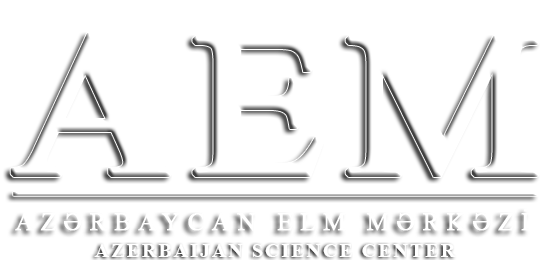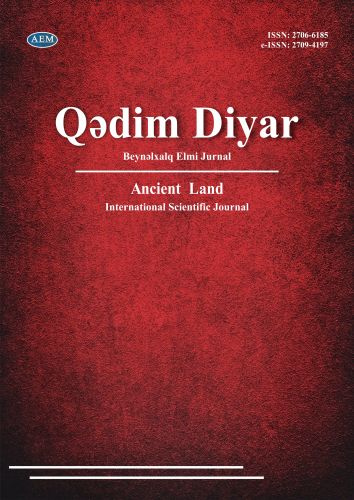DOI: https://doi.org/10.36719/2706-6185/46/82-86
Nazrin Ismayilova
Baku Slavic University
PhD Student
https://orcid.org/0009-0002-2848-8231
n_ismayilova@internet.ru
The Relation of Hyperbole to the Structure of Language and
Methods of Expression
Abstract
This paper explores the linguistic and stylistic nature of hyperbole, focusing on its interaction with other expressive devices such as metaphor, simile, irony, alliteration, assonance, anaphora, and epiphora. While hyperbole is commonly recognized as a form of exaggeration used to heighten emotional or rhetorical impact, its relationship with other stylistic elements reveals a more complex and multifaceted function within language. The study examines differing scholarly views on the classification of hyperbole, with some theorists grouping it alongside metaphor due to its figurative nature, and others aligning it with irony based on its non-literal and contrastive characteristics. The analysis also demonstrates how hyperbole, when combined with phonetic and structural devices, amplifies prosodic effect, emotional resonance, and aesthetic appeal—particularly in rhetorical, literary, and humorous contexts. Through examples from both Azerbaijani and English discourse, the paper highlights hyperbole's significant role in shaping stylistic meaning and its contribution to the creation of vivid, persuasive, and often humorous expression. The findings suggest that hyperbole is not a stand-alone figure but a dynamic element that gains strength through its interaction with other stylistic tools.
Keywords: hyperbole, stylistic devices, metaphor, irony, simile, alliteration, anaphora, prosody, humorous texts, rhetorical emphasis

